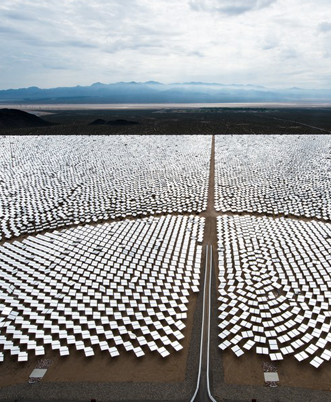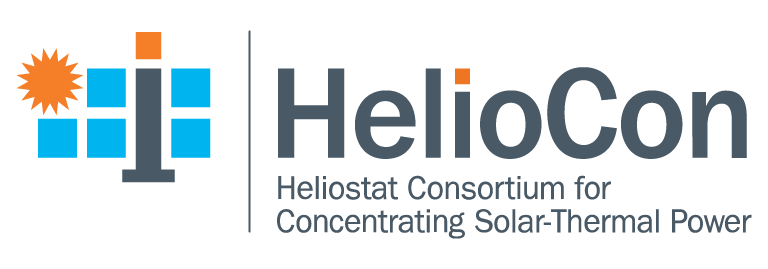
About the Heliostat Consortium
To advance U.S. heliostat technologies, HelioCon engages subject-matter experts and general stakeholders for direct project-level collaboration, external consulting, and mission-specific panels or workshops. HelioCon also serves as a hub to integrate all DOE-funded projects that directly advance heliostat technologies. HelioCon objectives are to:
- Develop strategic core capabilities and infrastructure to support high-performance heliostat manufacturing, validation, and optimization and facilitate industry's ability to design, manufacture, install, and operate central receiver heliostat fields with higher technical and economic performance
- Ensure that these capabilities are readily available to industry, meeting its needs
- Fund research on new technologies with significant potential to improve heliostat field economic performance
- Form U.S. centers of excellence focused on heliostat technology to restore U.S. leadership in heliostat research, development, and validation
- Promote workforce development through encouraging student internships and postdoctoral positions, the formation of a HelioCon early career scientist group to promote networking, and highlight existing training and educational programs in heliostat design, production, and operation.
The Solar Energy Technologies Office funded the 5 year consortium effort beginning in Oct. 2021. With industry, HelioCon is working to achieve DOE SunShot objectives for U.S.-manufactured heliostat cost, performance, and reliability. A heliostat is a device that continually tilts a mirror or multiple mirror facets to track the sun's movement to reflect sunlight toward a predetermined target—such as a receiver sitting on top of a solar tower. Heliostats are a critical component of CSP and concentrating solar-thermal power tower technologies. A utility-scale heliostat field (100 MWe, for example) may include more than 10,000 heliostats. They represent 30%–50% of the cost of system construction and are a primary driver of operations and maintenance costs. Improvements to heliostat cost, performance, and reliability are necessary to achieve the DOE 2030 solar.
